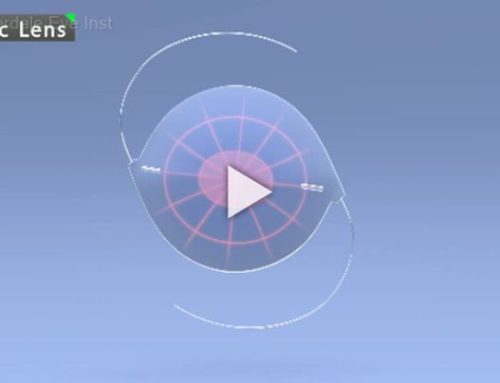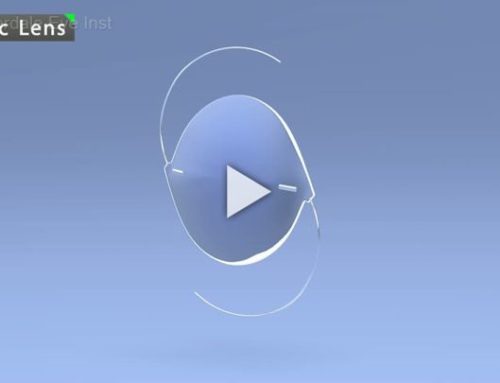Project Description
A special type of lens implant, called a multifocal lens, simultaneously provides both near and far focus and can greatly reduce your dependence on reading glasses after cataract surgery. This is because part of the lens focuses in the distance and part of the lens focuses up close, and indeed the name multifocal means “multiple focal points”. The design is entirely different from bifocal eyeglasses where you look through the top portion to see far away and the bottom area to see close up.
The multifocal lens implant is engineered in a way to provide both a distance focus and a near focus at all times, and the brain naturally and automatically finds the correct focus.
Conventional lens implants are called monofocal lenses because they cannot provide the ability to see both far away and close up without glasses. Both the conventional and multifocal lens implants are implanted through tiny incisions and are equally safe and there are no differences in the surgery itself.
Not everyone with a multifocal lens implant can read equally well without glasses, and there are several reasons for this individual variability. For example, the healthier the retina is and the less astigmatism one has, the better the reading ability will be. It is also easier to read without glasses if both eyes have a multifocal lens, although it can be placed in only one eye. While there is no guarantee that you will read as well without glasses as you desire, it should be much better with multifocal lenses than with conventional monofocal lens implants.
The multifocal lens implant probably won’t totally eliminate eyeglasses, because most people will still find it easier to read with glasses under certain conditions, such as prolonged reading, reading small print, or reading when the lighting is poor. However, multifocal lenses should provide the convenience of reading many things without having to put on glasses, such as your wristwatch, cell phone, price tags, menus, and magazines.
This avoids the inconvenience of always having to wear reading glasses to view anything up close. Remember that when you do wear reading glasses, you should see equally well with a multifocal or a conventional lens implant. Although multifocal lens implants reduce your dependence on eyeglasses, there are some trade-offs besides the additional expense.
The lens can create the appearance of halos or rings around lights at night. Fortunately, see halos is a distraction that doesn’t obscure the focus and most patients describe them as being “minor”. Halos won’t be apparent during the daytime and will become much less noticeable over time as your brain gradually adapts to them. This is similar to the way in which your brain blocks out background traffic noise over time.
A multifocal lens implant isn’t right for everyone, and it won’t work well if you have too much astigmatism, or other problems involving the cornea, retina, or optic nerve. Remember that both miltifocal and conventional monofocal artificial lenses will provide excellent vision with glasses following cataract surgery. The difference is in what you can see when you aren’t wearing eyeglasses.









